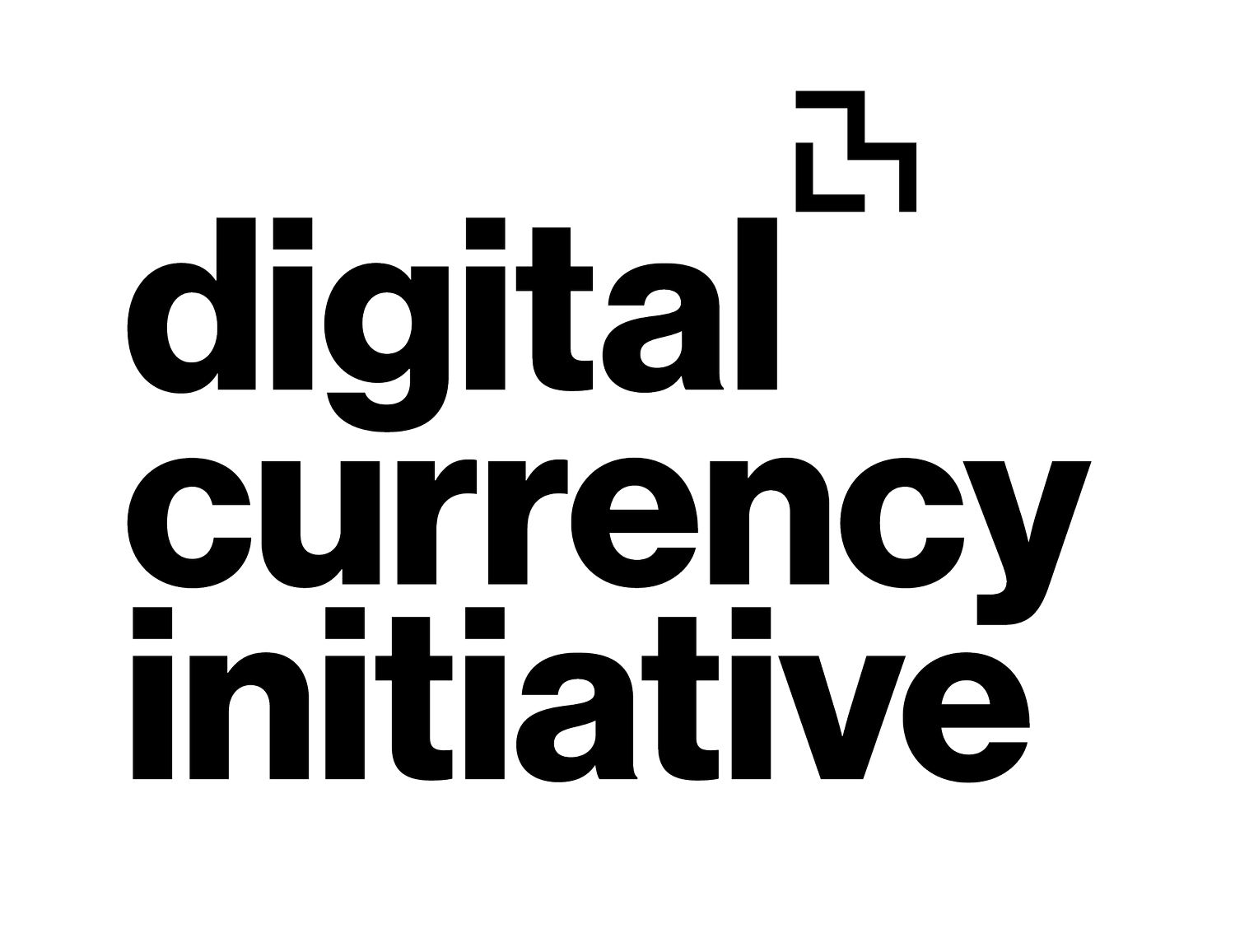SpaceMint: A Cryptocurrency Based on Proofs of Space
A paper by MIT DCI contributor Sunoo Park and Albert Kwon (MIT) , Georg Fuchsbauer (Inria, ENS, CNRS, and PSL), Peter Gaˇzi (IOHK), Jo¨el Alwen (IST Austria) , and Krzysztof Pietrzak (IST Austria).
Abstract: Bitcoin has become the most successful cryptocurrency ever deployed, and its most distinctive feature is that it is decentralized. Its underlying protocol (Nakamoto consensus) achieves this by using proof of work, which has the drawback that it causes the consumption of vast amounts of energy to maintain the ledger. Moreover, Bitcoin mining dynamics have become less distributed over time. Towards addressing these issues, we propose SpaceMint, a cryptocurrency based on proofs of space instead of proofs of work. Miners in SpaceMint dedicate disk space rather than computation. We argue that SpaceMint’s design solves or alleviates several of Bitcoin’s issues: most notably, its large energy consumption. SpaceMint also rewards smaller miners fairly according to their contribution to the network, thus incentivizing more distributed participation. This paper adapts proof of space to enable its use in cryptocurrency, studies the attacks that can arise against a Bitcoin-like blockchain that uses proof of space, and proposes a new blockchain format and transaction types to address these attacks. Our prototype shows that initializing 1 TB for mining takes about a day (a one-off setup cost), and miners spend on average just a fraction of a second per block mined. Finally, we provide a game-theoretic analysis mod- ∗In an early version, our proposal was called “Spacecoin.” We changed it to “SpaceMint” due to name conflicts. eling SpaceMint as an extensive game (the canonical game-theoretic notion for games that take place over time) and show that this stylized game satisfies a strong equilibrium notion, thereby arguing for SpaceMint’s stability and consensus..
Part of the Comparison of Consensus Protocols Project
Lorem ipsum dolor sit amet, consectetur adipiscing elit. Donec eget condimentum odio. Integer non ante in purus commodo facilisis. Donec tellus lorem, semper a cursus et, porta sed lectus. Nulla maximus dui at diam molestie, eu sollicitudin lacus viverra. In posuere tellus et quam sollicitudin vulputate.

